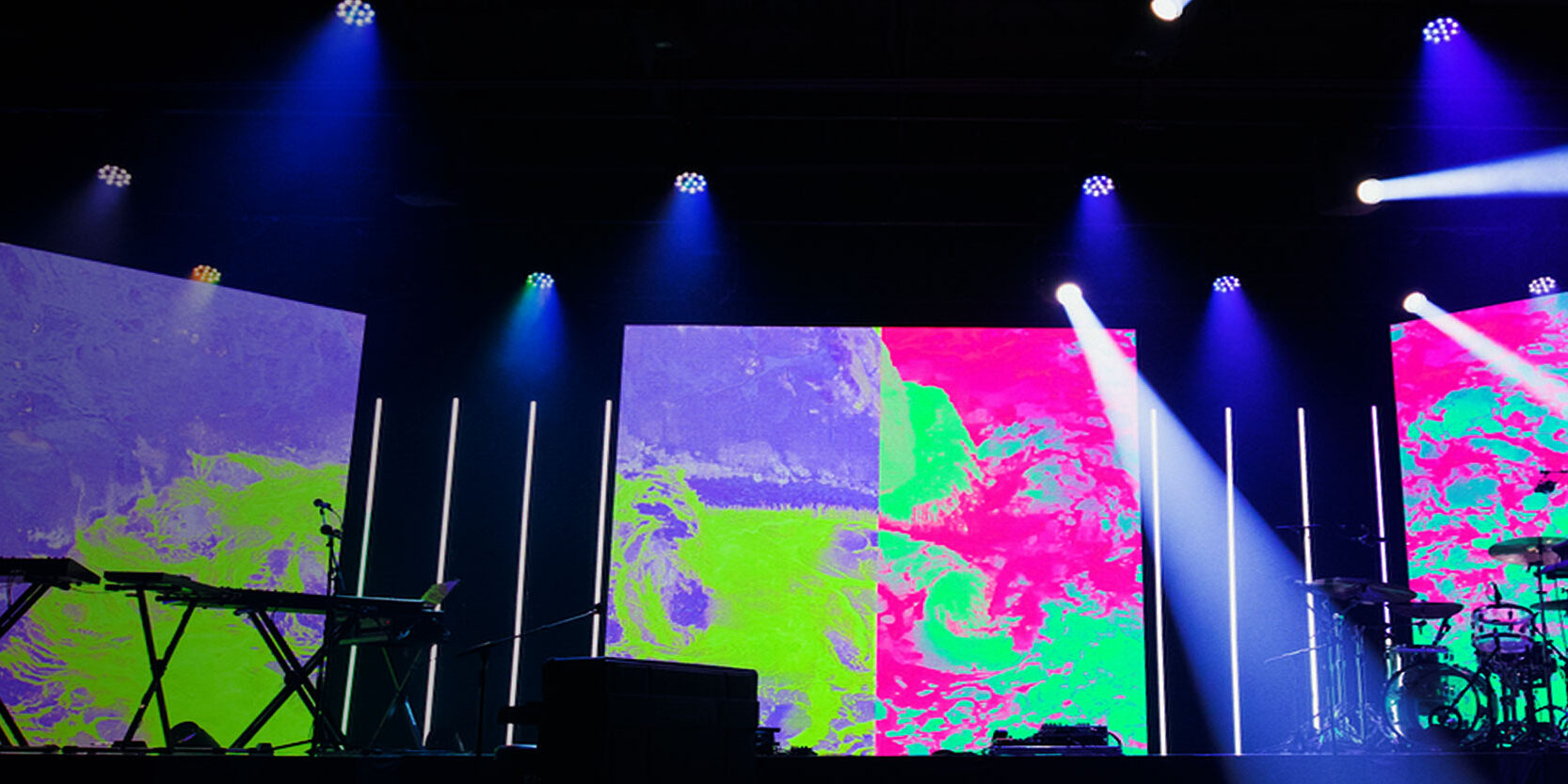The quality of the LED components plays a major role in color consistency. Different types of light-emitting diodes emit light at varying frequencies, which can influence the overall hue output. High-quality LEDs are designed to generate a more uniform light range, resulting in improved hue precision. Additionally, the production method of these LEDs can affect their functionality. Screens made with high-grade materials and techniques tend to have fewer color variations, ensuring that the displayed pictures and footage look vibrant and true to reality.

Tuning is another essential factor in preserving hue consistency in light-emitting diode wall screens. Tuning entails modifying the settings of the screen to make certain that the hues shown match the intended appearance. This procedure can include fine-tuning brightness, contrast, and hue balance. Frequent tuning is necessary, especially in environments where lighting factors change frequently. By calibrating the panels, technicians can fix any inconsistencies in hue output, leading to a more consistent observing experience.
Environmental factors also influence hue consistency in light-emitting diode wall panels. Factors such as surrounding light, heat, and moisture can influence how colors are seen. For Full Article example, intense ambient light can wash out colors, making them look more lively. Similarly, extreme temperatures can affect the performance of the LEDs, leading to hue changes. To mitigate these problems, it is crucial to place LED wall panels in controlled environments where lighting and heat can be controlled efficiently.
Finally, the layout and arrangement of the LED wall panels can impact color uniformity. The configuration of the screens, as well as the distance from which they are viewed, can create variations in color perception. When panels are arranged too distant apart or at different angles, viewers may detect discrepancies in hue. To obtain the best visual performance, it is important to consider the positioning and arrangement of the screens during installation. By tackling these elements, operators can guarantee that their light-emitting diode wall panels deliver a consistent and high-quality visual encounter.